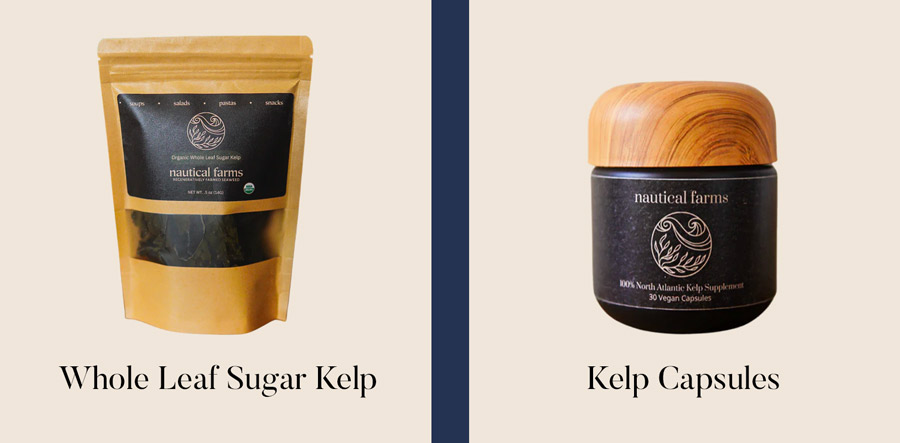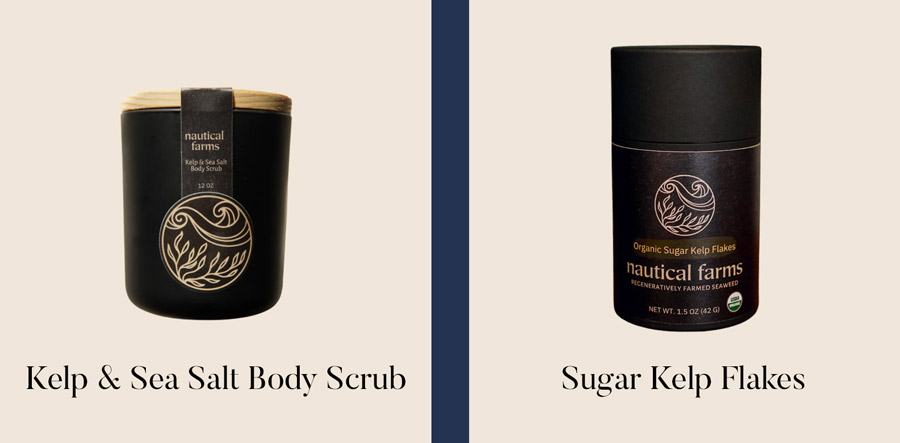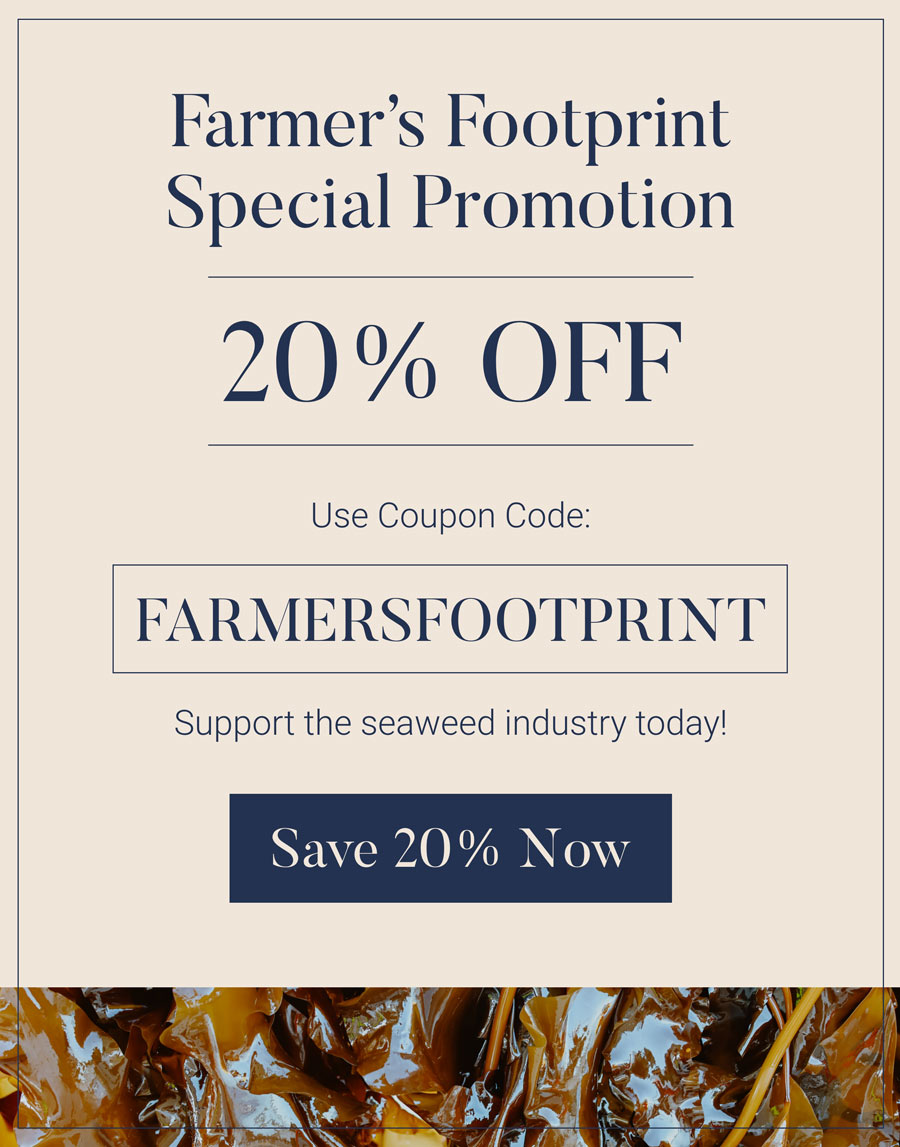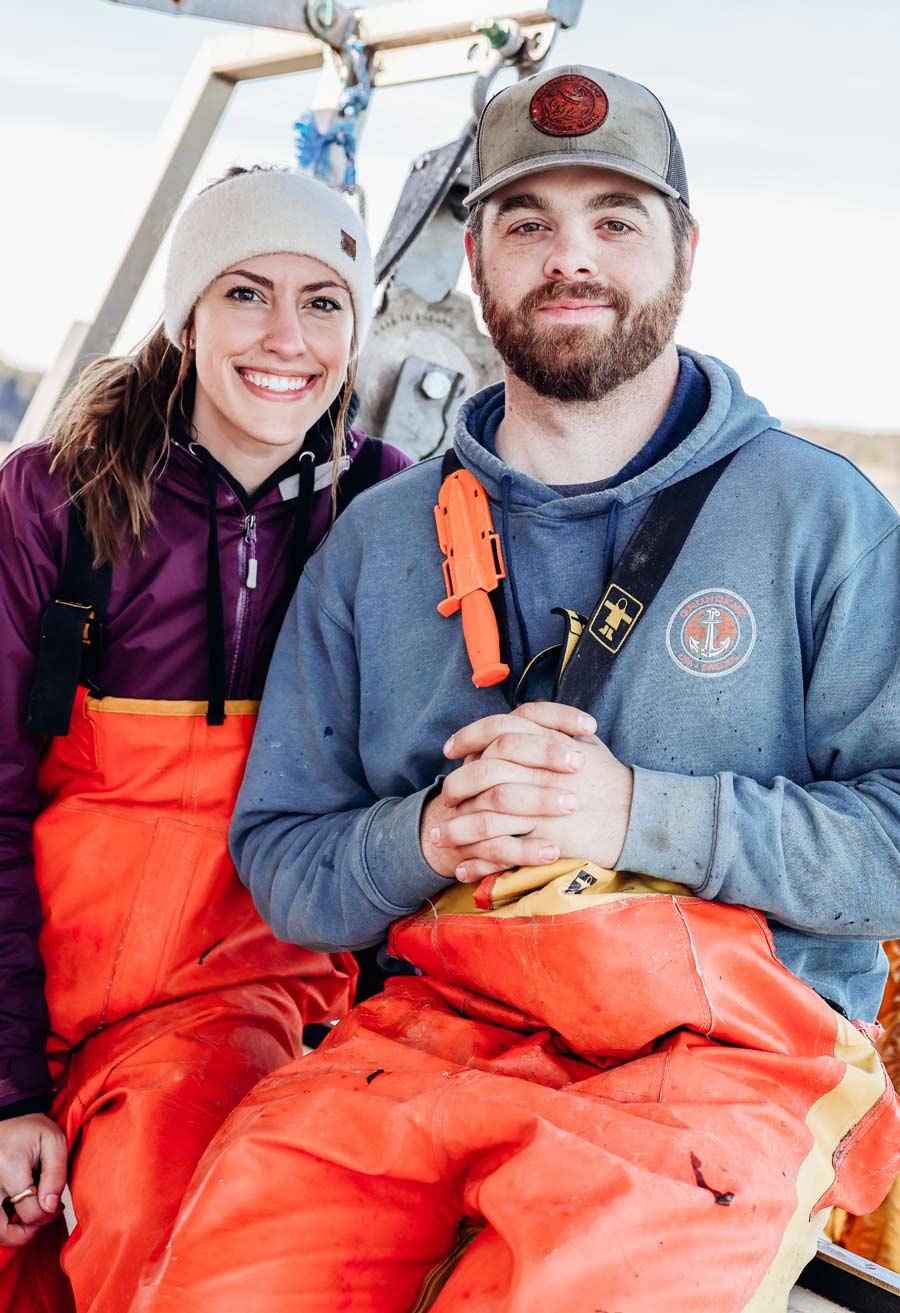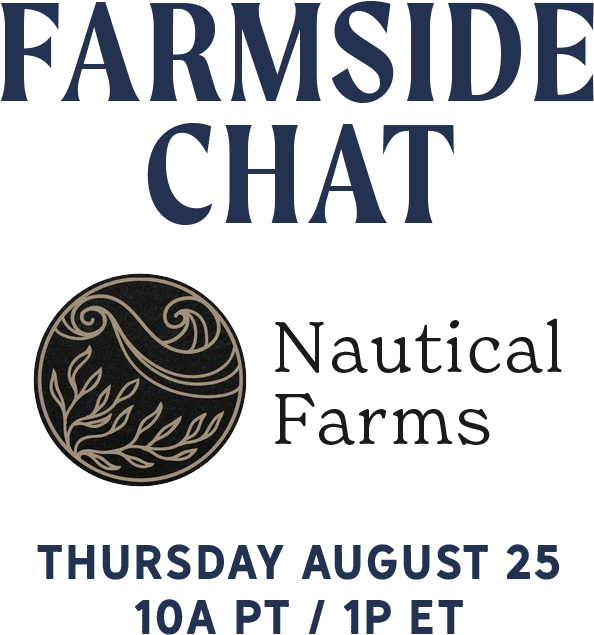Nautical Farms
Machias, Maine

Waves break in a symmetrical a-frame behind the humming boat, propelling us along the rigid coastline where pine trees meet saltwater.
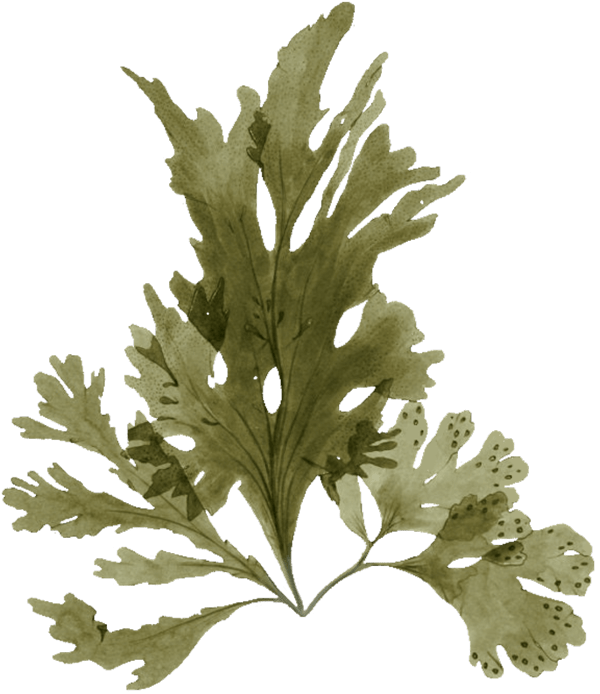
Maine is a magical place where the pulse of the people comes from the ocean. On this spring morning, we witnessed the deep connection and knowledge these watermen/women hold with the sea.
Aquaculture
also known as aquafarming, is the cultivation of aquatic organisms such as fish, crustaceans, mollusks, algae, and any organisms from the ocean. Of this sea cultivation, seaweed is one of the most promising industries for the people and the planet. Seaweed is abundant with vitamins and minerals while being a food source that requires zero inputs such as soil, fertilizer, and watering. It is also the most effective natural way of absorbing carbon emissions and combating climate change.
Nautical Farms is a regenerative seaweed farm based out of Machias, Maine. Its founders Morgan Fogg & Jake Patryn, are Maine locals through and through; Jake is a multigenerational fisherman, and Morgan has a background in community organizing, event production, and marketing. These two individuals, with their distinct skills and expertise, have been building a budding seaweed business birthed from their unified passion of ocean regeneration. This dynamic duo are pioneering a new industry not only in their small town of Machias, Maine, but in the global market for what can truly play a pivotal role in the regeneration of our planet.

Nautical Farms is a regenerative seaweed farm based out of Machias, Maine.
Its founders Morgan Fogg & Jake Patryn, are Maine locals through and through; Jake is a multigenerational fisherman, and Morgan has a background in community organizing, event production, and marketing. These two individuals, with their distinct skills and expertise, have been building a budding seaweed business birthed from their unified passion of ocean regeneration. This dynamic duo are pioneering a new industry not only in their small town of Machias, Maine, but in the global market for what can truly play a pivotal role in the regeneration of our planet.
As the boat coasted forward, we approached a grid of buoys that did not look like much from afar. However, just below the surface was a world of abundant seaweed waiting to be harvested for food, medicine, cosmetic creations, and plant fertilizer.
Nautical Farms cultivates three types of certified organic and regenerative seaweed native to Maine: Alaria (Alaria esculenta), which has a smaller, pointed blade with an olive taste profile, Sugar Kelp (Saccharina latissima), which have long, opulent, amber blades that grow up to 16 feet long and is very salty with savory umami flavors, and skinny kelp (Saccharina latissima forma angustissima) which is similar to Sugar Kelp but smaller and easier to process.
Nautical Farms cultivates three types of certified organic and regenerative seaweed native to Maine:
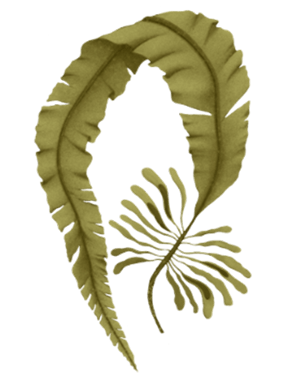
Alaria (Alaria esculenta)
A smaller, pointed blade seaweed with an olive taste profile.

Sugar Kelp (Saccharina latissima)
Long, opulent, amber blades that grow up to 16 feet long and is very salty with savory umami flavors

Skinny kelp (Saccharina latissima forma angustissima)
Similar to Sugar Kelp but smaller and easier to process.
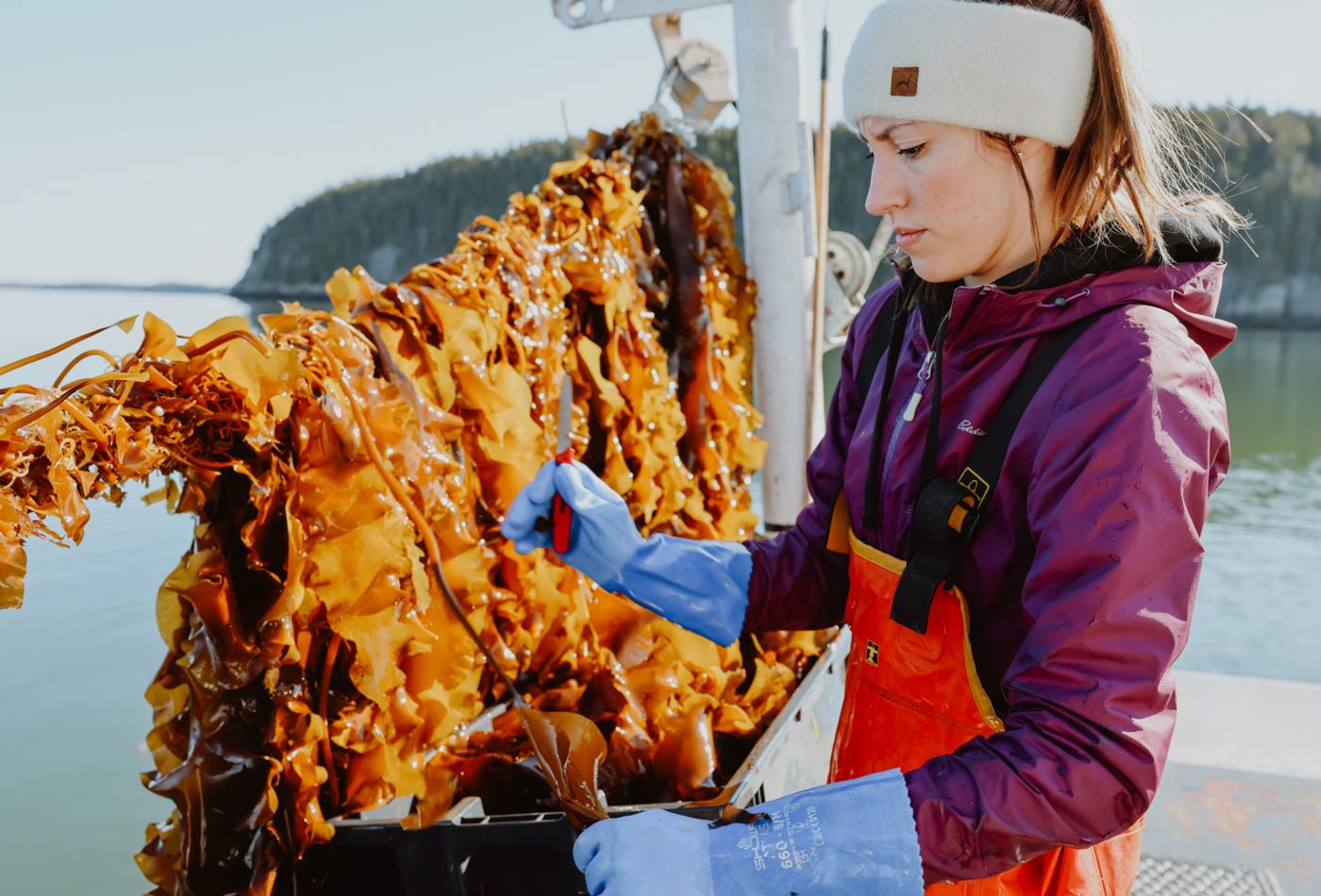
Her other favorite use of seaweed is its potential in sustainable packaging. She continues, “I love the sustainable packaging made from seaweed… We’re really just at the beginning; I don’t want to say the very beginning of the research because the research has been going on for a few years, but I think we’re at the beginning of starting to see the results of that research where actual products are being used as a result.” Morgan, Nautical Farms.
Morgan and Jake’s exploration into seaweed started many miles from the ocean, although Jake spent his entire life in and on the ocean- lobster fishing in the small coastal town of Machias. For the kids who stayed in Machias after high school, it was likely they would continue down the path of some sort of ocean-related industry like lobster, or join the military.

At first, they tried convincing people back home to start seaweed farming but seeing people’s disinterest just fueled their kelp craze, so they returned to their home state to give it a try. They started the research journey of getting permits, zoning rules, equipment needed, and the process of running a seaweed farm.
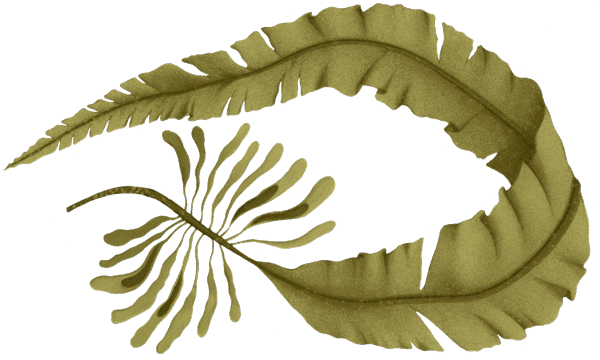
The more Morgan talked about seaweed farming, the more it started to click for Jake. Jake recalls, “The light bulb went off. I was like, I can build a seaweed farm, I’m sure of it. It wasn’t an overconfidence, naive thing. I can put moorings in the water, and tie ropes and buoys together. I knew we could figure this out. When we came back [to Machias], we went to the general store and bought a nautical chart, spread it out, and just hit the chart, looking for an area to go.” – Jake
Their eyes glimmered, the same way seaweed glimmers in the sunlight
With an abundance of fresh, safe, and high quality seaweed, Jake and Morgan envisioned a new future for Machias and the salty youth there, that could create sustainable jobs on land and sea. “If you can start a number of seaweed farms around here where you can create land based jobs and water based jobs, you can help people start their own seaweed farms” says Jake. Jake and Morgan still hold this vision high, as their goal is to create a life where they can have a sustainable career on the water while creating job opportunities for others.
Starting a seaweed farm requires the knowledge base of a seasoned fisherman/woman and the ability to be in constant collaboration and communication with the other aquaculturist in the water.
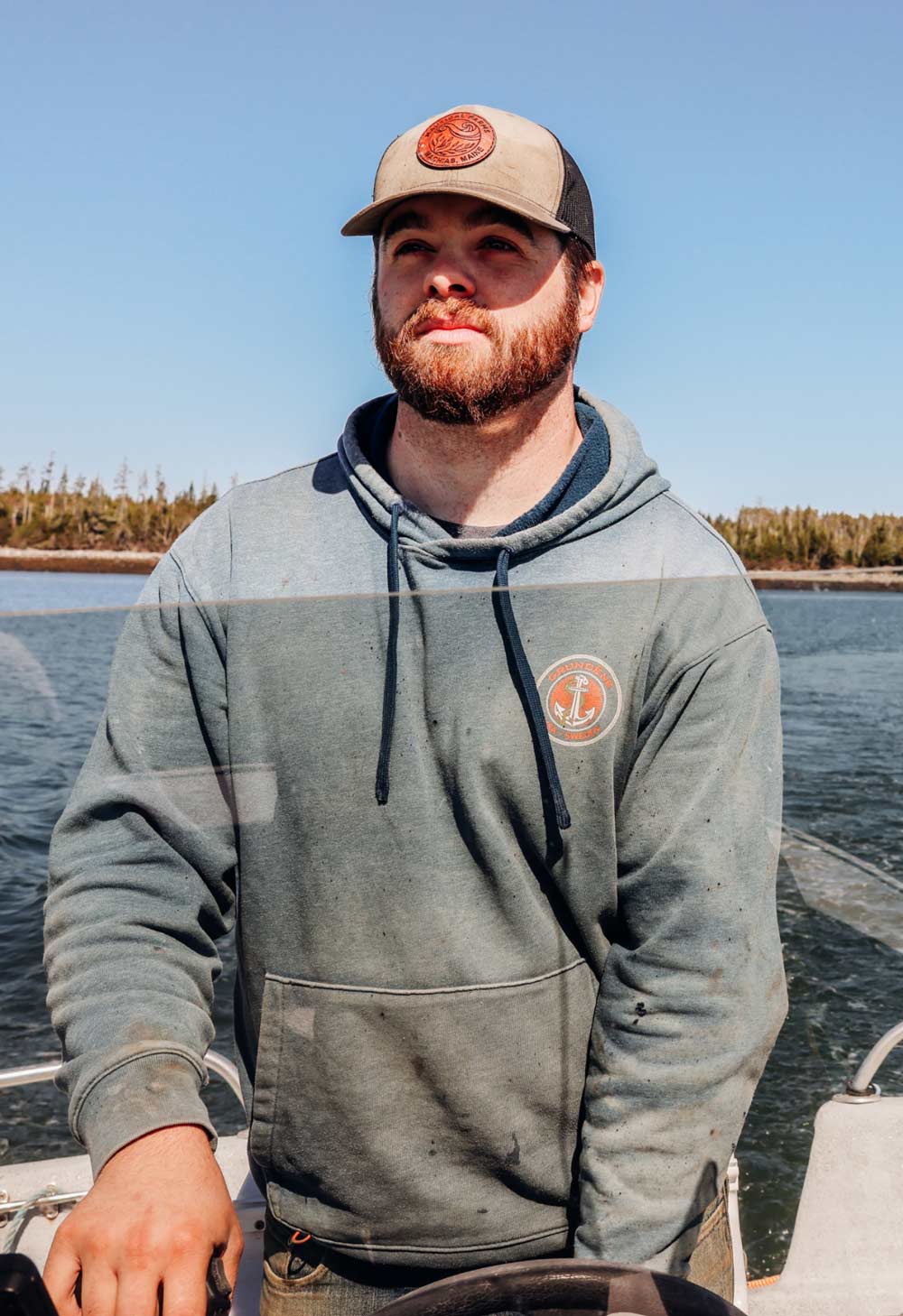
We moved back and started having town meetings to convince people that we weren’t going to get in their way of lobster fishing. We had to convince them that we could be involved in the ecosystem and not bother them…because that’s a huge concern here, a lot of people make their living on the water here.
– Jake Patryn
Gaining the information needed was scarce as there were few seaweed farmers. “We weren’t the first by far, but you couldn’t walk down the street and meet a seaweed farmer. Well, I guess you still can’t,” says Jake.
After five years of trial and error, Morgan and Jake created a system that works for them. They found a location that suits their seaweed farms’ needs without intruding on any existing working waterfront vocations, that is easily accessible by boat, and has the ability for them to expand. They also developed the timeline that works best for them to farm, amidst their other full time occupations.

Although the seaweed industry is still in its infancy in the US and we are still discovering new ways to utilize its versatility, seaweed has a deep history and relationship with Indigenous communities worldwide.
Coastal Indigenous Australians, often called “Saltwater people,” were the original stewards of the Australian coast and cultivated seaweed for a variety of uses such as “cultural activities, ceremonial activities, 49 medicinal uses, clothing, cultural history, food, fishing, shelter and domestic uses,” (Thurstan 2).
There is also archaeological evidence that seaweed was a culinary staple consumed at a 14,000-year-old site in southern Chile and was a valuable commodity for trading throughout South America (Tom et al. 2008). Seaweed appears in various Indigenous myths and folklore in the Pacific Northwest, where it represents the relationship between Indigenous people, the ocean, and the supernatural worlds. Kelp forests provide an abundant ecosystem of resources, food, and livelihood, sustaining traditional Indigenous lifeways across continents for generations (Naar 2). Declining seaweed forests is not only an ecological issue but also one of Indigenous cultural erasure. Seaweed is the link between continents, land and sea, and the integration between the past, present, and key to creating a regenerative future.
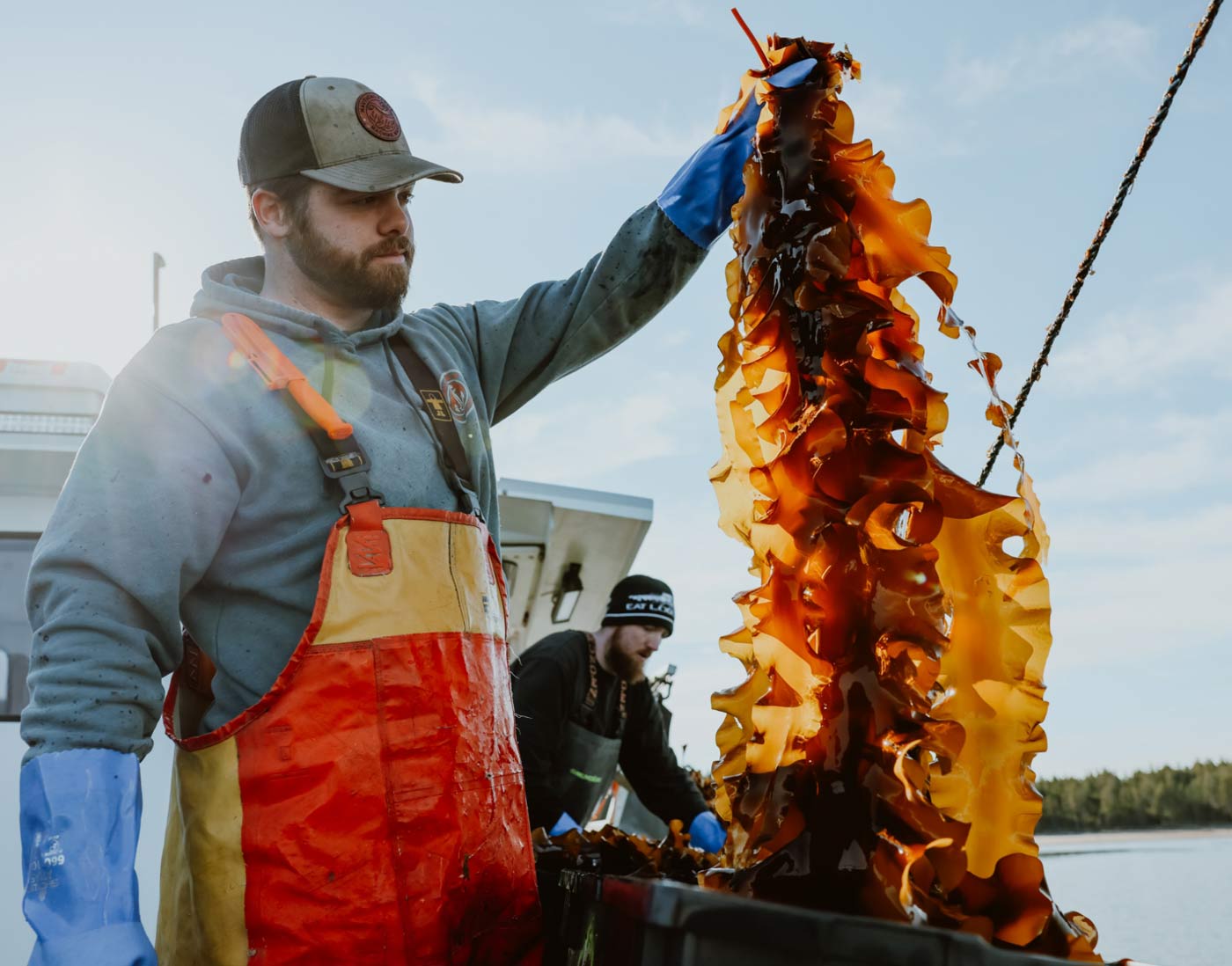
Wild Harvest VS. Cultivated Seaweed
Different types of seaweed farms fall into one of two categories: wild harvested seaweed and cultivated (farmed) seaweed. Organic cultivated seaweed is taking only what is planted. This process begins by a diver taking a sori, a reproductive tissue from a blade of kelp. Through refrigeration and salt water, male and female spores will merge from the sori, creating seaweed seeds. These seeds get tied on rope and “seeded” in the ocean, connected to buoys.
Alongside cultivating seaweed at Nautical Farms, Jake also works for one of the largest wild-harvested seaweed companies in the world, as the director for the state of Maine. “I love the job. It goes hand in hand with what we do at Nautical Farms, as far as utilizing seaweed. They are on the wild harvest side and their practices are primarily based around sustainably wild harvesting seaweed. Combining Acadians wild harvesting practices with Nautical Farms aquaculture methods puts me in a very well rounded position that allows me to keep a finger on the pulse of all things seaweed.” – Jake Patryn

Research & Permitting
Permitting is becoming more regulated as seaweed gains popularity, and there are people actively fighting against access to aquaculture leases. “In some ways, I find myself agreeing with them, which is crazy to say as an aquaculturist, but I can find common ground with the idea that it’s not necessarily a good idea to just lease up all of Maine’s coast. Grant money and things like that have a way of coming in and just steamrolling an industry. And when the money’s dried up, away they go, and we’re left to pick up the pieces. I think it’s incredibly important to make sure that we go about this in a strategic way and make sure that we are setting up our coastal communities for success.”
When it comes down to too much of a good thing, Jake shares his concern of the industrialization of seaweed farms, “I don’t think it’s necessarily the greatest idea for there to be thousands and thousands of farms all over, along the coast. I think the most important message that I want to get out is that it’s so important to make sure that you go about your seaweed farm in the most professional and noninvasive way possible. Don’t disrupt what’s already there in existence. I don’t want to see this massive industrialization with these hundreds and hundreds of acres of farms all up and down the coast,” says Jake.

Benefits of Seaweed
Seaweed is one solution for combating climate change. It absorbs carbon, regenerates marine ecosystems, creates fuel and plastic bio alternatives, and provides food protein for the public. In 2021, the global commercial seaweed market was valued at approximately 15 billion US dollars and is estimated to double to 30.2 billion US dollars by 2025. Still, for such an up-and-coming industry, there is a missed opportunity for coastlines worldwide, 132 countries around the world have the conditions for seaweed aquaculture, but only 37 countries currently do so (Froehlich et al., 2019). When done correctly, the seaweed economy could provide jobs for coastal communities while regenerating our oceans.
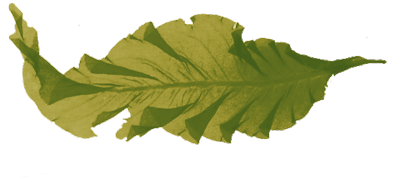
1: Carbon Sequestration
We know that organic seaweed-based fertilizers are being used in massive quantities for industrial-size farms. It has greater water retention than other fertilizers, so not only is it not chemically laden, it’s organically certified, it’s a free, sustainable, regenerative gift from the earth, whether it’s wildly harvested or grown.
– Jake Patryn
2: Health
Seaweed is also the superfood of the sea. Although each type of seaweed will hold different nutritional densities, seaweed contains iodine and tyrosine, which stimulates thyroid health and balances hormones in the body. The Japanese community’s high intake of iodine from seaweed is considered one of the reasons why they have such long lifespans (Zava). Sprinkling seaweed on meals as a salt alternative is a great way to boost vitamin intake as seaweed also contains vitamins A, C, E, and K, along with folate, zinc, sodium, calcium, and magnesium (Pañalver). Seaweed is also a great plant-based alternative to receiving the essential nutrients of B-12 and omega-3 fatty acids, which are incredible for brain health.
You can also absorb those same health benefits through your skin with seaweed infused bathing products. One of Morgan’s hopes for the future is that we think of seaweeds more like mushrooms. “There’s 10,000 plus different types of seaweeds, and they’re all edible, useful, and they all taste different.” – Morgan, Nautical Farms.
In western culture, we often don’t realize the variety of ways you can reap the health benefits of seaweed. Eating it in sushi is just one way, but you can also benefit from simple everyday rituals like taking a kelp capsule with your vitamins or an iodine tincture in your morning tea. Gone are the days where our options were eating dried seaweed like a Nori crisp or accompanied by fish & rice. The food options including seaweeds are growing and the recipes for your own at home creations are vast.
– Morgan Fogg
Sea-Generation
“Our goal has never been personally to have the biggest seaweed farm. It’s always been to grow a farm and a farm size that is sustainable for us to manage and then teach other people how to do it,” says Morgan.
And they have done just that. Between the two of them and their tight-knit community of ocean-lovers, they’ve found a beautiful balance to live in harmony with the sea, while taking just enough, and constantly replenishing.
Seaweed has the potential to replace petroleum-based products, create biofuels, increase food supply, and regenerate our marine ecosystems. Morgan and Jake see the potential of seaweed as endless and one that, if handled with the right amount of education and intention, can shift our waste consumption and our climate change trajectory. Although Indigenous communities have used seaweed for centuries, seaweed now is a gift that our society is just catching onto.
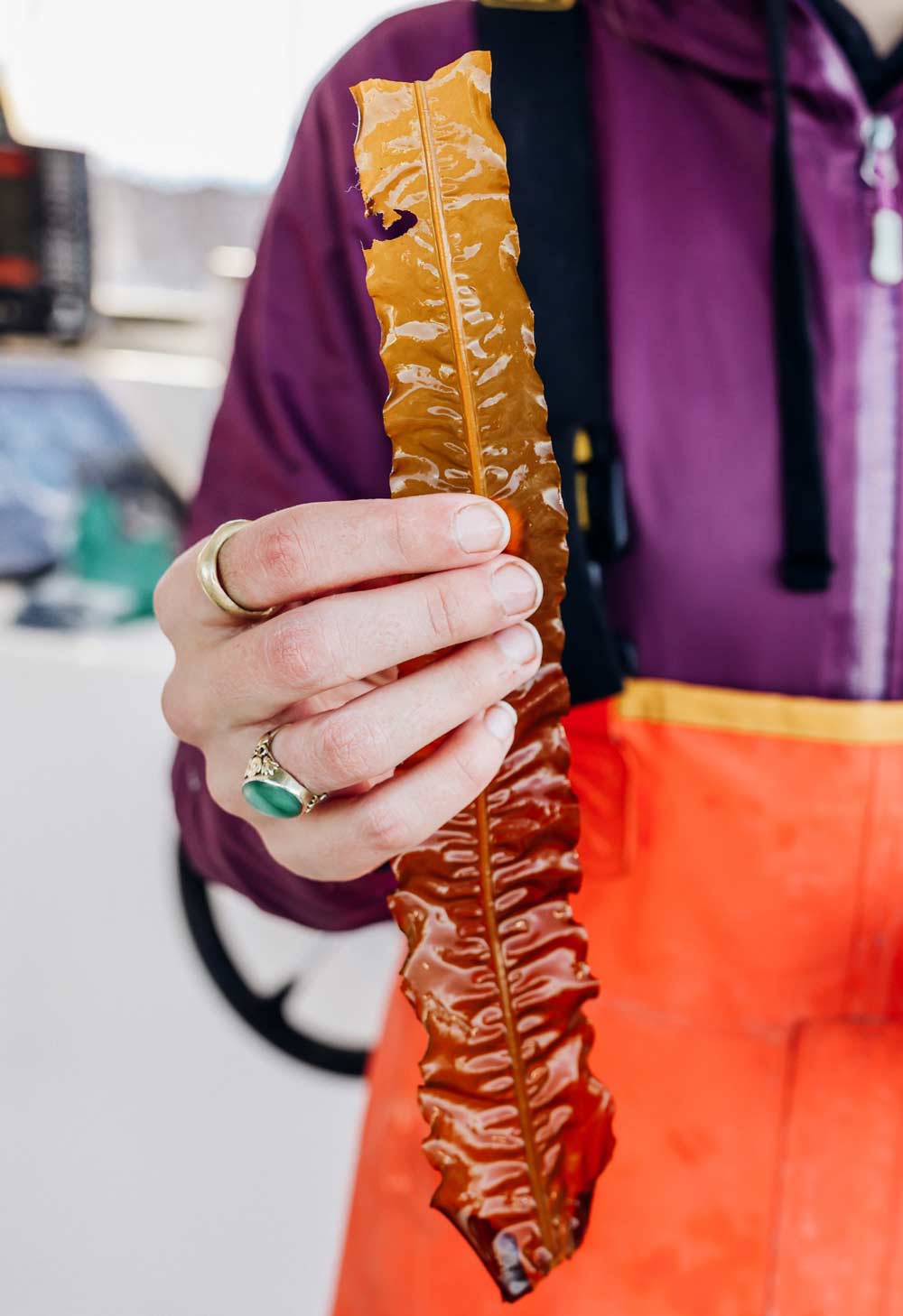
It’s just such a gift from the earth. Even wild grown seaweed, we don’t do anything to cultivate that. It just comes on its own and it does nothing but benefit the planet as it’s growing and then it does nothing but further benefit the planet as we use it. And it just grows right back.
– Jake Patryn
Support
Nautical Farms
Browse and purchase planet positive, organic seaweed provisions and goods regeneratively farmed in the cold waters of Maine.
Support
Nautical Farms
Support for the seaweed industry can be done by supporting local seaweed farmers or creating demand by asking for it from farmer’s markets and grocery stores. Nautical Farms offers certified organic, regeneratively farmed seaweed flakes, whole-leaf chips, capsules, body scrubs, and bath soaks. Supporting seaweed is similar to the questions one would ask with produce: where it is harvested, the sustainable practices used, if it’s US harvested seaweed, and what happens with the excess or wasted seaweed?


